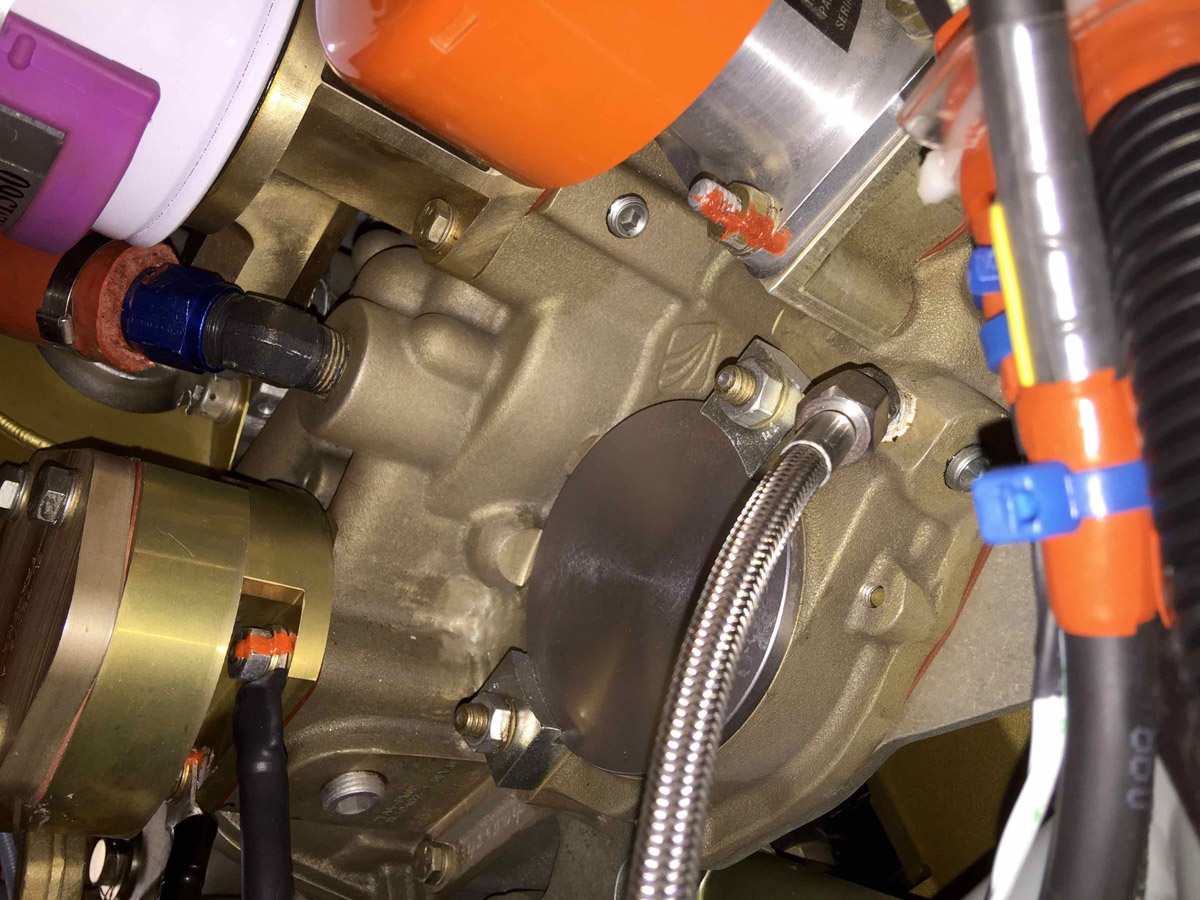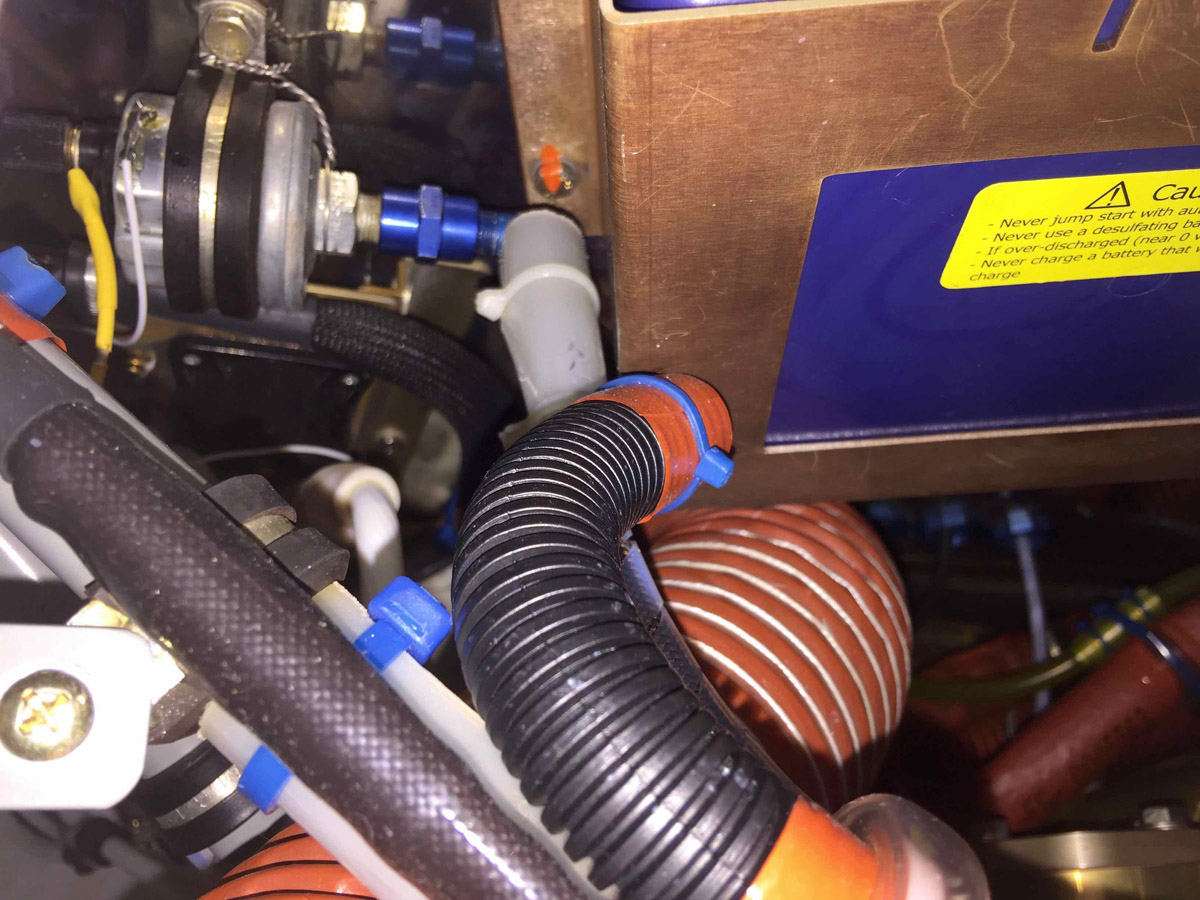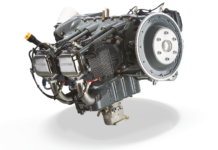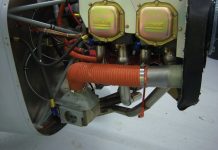I have the Grand Rapids Technologies EIS4000 and am using it to monitor all critical engine parameters (e.g., oil temp, oil pressure). I had an issue during flight testing with my oil pressure warning limit continually tripping on takeoff and climb out (i.e., exceeding 95 psi, with normal “green range” set for 55-95 psi).
After talking with GRT Tech support I was told to debug as follows:
- Check wire connection of VDO sending unit sensor wire back to the EIS 4000.
- Check the resistance of the ground connection from the VDO sending unit. The case must connect to ground and ground resistance should be less than 10 ohms (less is better).
- Check the static air port on the top of the sensor. GRT stated there can be dirt buildup plugging the port. He said if your oil pressure rises with climb…this could be the problem. Fix is to clean the port, and/or poke a pin through the clog. Be careful, don’t poke too deep—just enough to open it up.
- If everything checks fine, then try hooking up a separate automotive store gauge to the line, and double check the reading. If it’s confirmed high, then follow your engine manual guide on resetting the oil pressure control valve.
 I first checked the connections from the VDO oil sending unit (Part No. 360004)—all good. Then checked the ground connection with a voltmeter probe on outside of case and one on the FW ground bus—my resistance was reading > 10 ohms (too high). In my installation of the VDO, I was using the flexible stainless steel braided hose as ground. During the installation I also used a sealant to connect the hose, which increased the stainless steel line resistance, thus defeating the purpose of acting as a GOOD ground path.
I first checked the connections from the VDO oil sending unit (Part No. 360004)—all good. Then checked the ground connection with a voltmeter probe on outside of case and one on the FW ground bus—my resistance was reading > 10 ohms (too high). In my installation of the VDO, I was using the flexible stainless steel braided hose as ground. During the installation I also used a sealant to connect the hose, which increased the stainless steel line resistance, thus defeating the purpose of acting as a GOOD ground path.

So to fix the high resistance of the ground wire I soldered a 20AWG wire to the outside of the VDO case, and ran this direct to my FWF ground buss (B&C Specialty forest of tabs). My EIS4000 engine information system grounds to this same central ground point. Checking resistance of the VDO sending unit case to the ground bus then yielded <0.1 ohms.
I did a test flight and my oil pressure reading dropped down to within normal GREEN range (75 psi). After a few more flights and zero high oil pressure warnings (i.e., mine is set to trip > 95ºF)— all is good!
Lesson Learned: Don’t change the oil pressure relief valve setting on your engine unless you’re absolutely sure the oil pressure indicator is reading properly.




For those with VDO-style pressure senders, they can be easily grounded by a process similar to what Howard has done. Rather than soldering the wire to the sender body, Strip approximately 1″ of insulation from a ground wire. install a stainless gear clamp around the body of the transducer and slide the stripped portion of the ground wire under the gear clamp. Tighten the gear clamp to a reasonable torque – don’t go totally wild on it as we don’t want to crush the body of the transducer.
Using this technique ensures good ground attachment while also providing easy field servicing of the transducer.
Yes but be careful: VDO pressure senders are subject to not working or giving impossible values. I always have one spare with me.